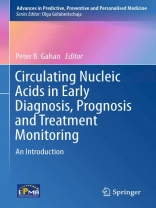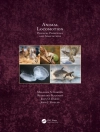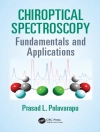DNA and RNA fractions can be isolated from a variety of body fluids including whole blood, serum, plasma, urine, saliva and cerebrospinal fluid from both patients and healthy individuals. Such isolates can be exploited in the early detection of clinical disorders, stratification of patients for treatment, treatment monitoring and clinical follow-up. In addition, the use in fetal medicine allows the early detection of fetal sex, Rh factor and aneuploid disorders as well as following both fetal and premature born infant development. This volume is intended as a primer for those who are interested in entering the field of circulating nucleic acids.
The areas covered in this volume include:
· Background and general biology of circulating nucleic acids
· Methodology
· Applications of circulating nucleic acids
· Quality Assurance
· Ethics
Table of Content
Part I. BACKGROUND.- CHAPTER 1 Introduction – Brief History and the present and future status of CNAPS.- CHAPTER 2 The biology of CNAPS.- Part II. METHODOLOGY.- CHAPTER 3 Pre-analytical requirements for analysing nucleic acids from blood.- CHAPTER 4. Circulating DNA and mi RNA isolation.- CHAPTER 5 Detection of genetic alterations by nucleic acid analysis: use of pcr and mass spectroscopy-based methods.- CHAPTER 6 Genomic approaches to the analysis of cell free nucleic acids.- Part III APPLICATIONS.- CHAPTER 7 CNAPS and General Medicine.- CHAPTER 8 Fetal CNAPS – DNA/RNA.- CHAPTER 9 Circulating nucleic acids and Diabetes mellitus.- CHAPTER 10 Extracellular nucleic acids and cancer.- CHAPTER 11 Other bodily fluids as non-invasive sources of Cell-free DNA/RNA.- CHAPTER 12 CNAPS in therapy monitoring.- Part IV OTHER ASPECTCS.- CHAPTER 13 Quality Assurance.- CHAPTER 14 Societal Aspects: Ethics.












